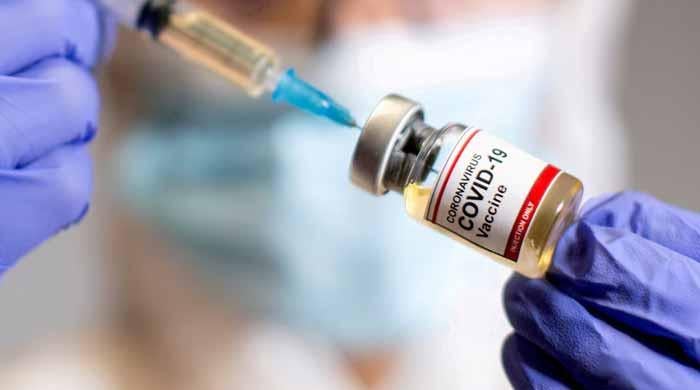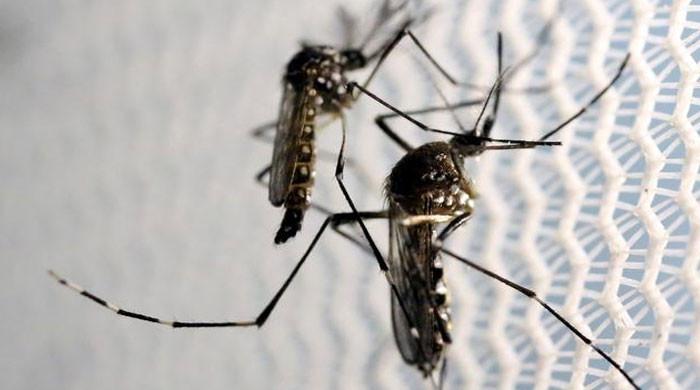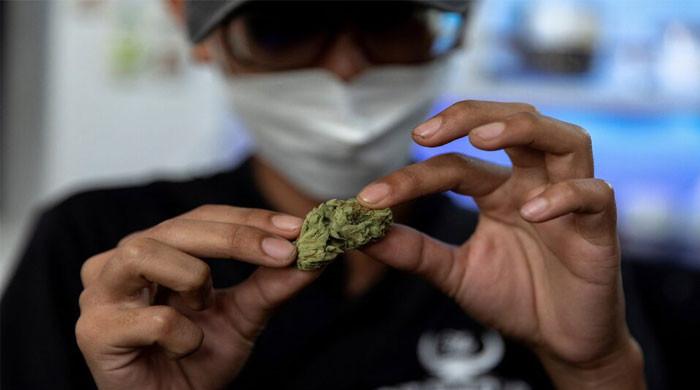Abaucin: AI-powered research discovers new superbug killing antibiotic
The AI narrowed down thousands of chemicals to a few that could be tested in the laboratory
May 26, 2023
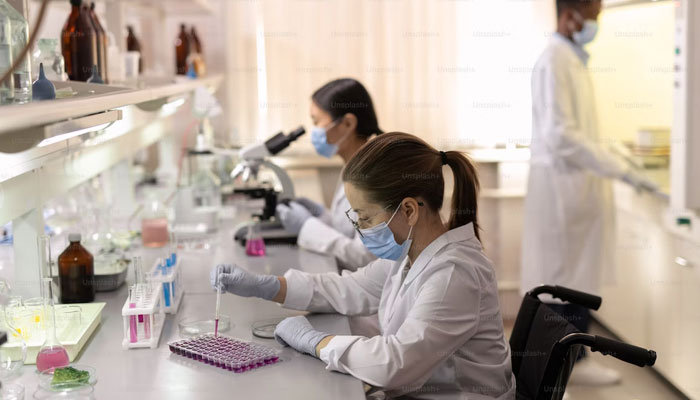
Scientists in a new study published Thursday discovered an antibiotic using artificial intelligence (AI) which has the ability to kill deadly superbugs Acinetobacter baumannii, as the World Health Organization (WHO) has classified the bacteria as a "critical" threat among its "priority pathogens".
They found "abaucin", which is a powerful antibiotic. It requires further testing before being used.
According to the WHO, the bacteria have found new ways to resist treatment and can pass along genetic material that allows other bacteria to become drug-resistant.
The AI narrowed down thousands of chemicals to a few that could be tested in the laboratory, showing an example of the power of technology proving revolutionary in science.
In the study, a team of researchers from McMaster University and the Massachusetts Institute of Technology used an AI algorithm to look into thousands of antibacterial molecules to find new structural classes. As a result of the screening, researchers struck abaucin.
The study was published in the journal Nature Chemical Biology.
The bacteria in question is a grave threat to hospitals and healthcare facilities, most importantly to patients who need ventilators and blood catheters. It is also a threat to those with open wounds due to surgeries.
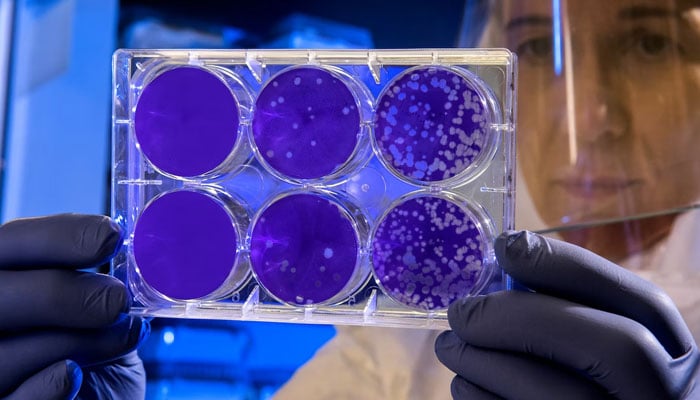
This bacteria can survive on environmental services and shared equipment for long periods of time and remains capable of exerting its injuriousness. The bacteria can be passed to others through contaminated hands and is also responsible for infections in "urinary tracts and lungs".
The Centers for Disease Control and Prevention (CDC) stated that the bacteria can also "colonise" or live in a patient without causing infections or symptoms.
Gary Liu, a graduate student from MacMaster University who worked on the research, said: "We had a whole bunch of data that was just telling us about which chemicals were able to kill a bunch of bacteria and which ones weren’t."
"My job was to train this model, and all that this model was going to be doing is telling us essentially if new molecules will have antibacterial properties or not."
"Then basically through that, we’re able to just increase the efficiency of the drug discovery pipeline and … hone in all the molecules that we really want to care about," he added.
As the AI model was trained by scientists, it analysed 6,680 compounds that were previously not encountered, and which took only an hour and a half, narrowing it down to nine potential antibiotics.
After testing it on A baumannii in a wound infection model in mice, they found that the infection was killed.
Jonathan Stokes, an assistant professor at McMaster University’s Department of Biomedicine and Biochemistry who helped lead the study, said: "This work validates the benefits of machine learning in the search for new antibiotics."
"Using AI, we can rapidly explore vast regions of chemical space, significantly increasing the chances of discovering fundamentally new antibacterial molecules," he said.
“We know broad-spectrum antibiotics are suboptimal and that pathogens have the ability to evolve and adjust to every trick we throw at them … AI methods afford us the opportunity to vastly increase the rate at which we discover new antibiotics, and we can do it at a reduced cost. This is an important avenue of exploration for new antibiotic drugs,” he added.





